For any professional or DIYer with experience in tiling or bricklaying, brick tiles are a mixture of the two- below is some information to help with the process.
How are Brick Slips Made?
Brick Slips are bricks cut into tiles, including corners and half tiles to give the genuine look of real brickwork without the hassle of laying.
Bricks are made from a natural product- clay. The clay is moulded into the brick shape either by pushing it through a machine and cutting the lengths of each brick- or by moulding each amount of clay individually. These shaped pieces of clay are then fired in a kiln. Burning at incredible temperatures means the clay hardens and develops its colour.
The appeal of brick is its natural variations, the texture created mostly by the moulding, and the colour from the clay itself and the firing in the kiln is almost unique to each brick.
What Does This Mean for My Tiles?
In extruded bricks, colours and textures can be kept more uniform- view our contemporary collection if you want a more consistent look.
If you want a reclaimed brick slip look, be aware that the textures are deeper, and may even look 'broken' with chips, don't worry- this is part of the look, and once on the wall they add to the character required for reclaimed effect exposed brick. Our reclaimed style is the most varied, they are virtually unique per tile- and that's the effect we want to create.
With the majority of our blends, batches of bricks with clay from different areas or different firing times and temperatures are joined together to create the overall look. We cannot separate these batches as they are blended at the source in our factory and are subject to the variations that come with natural products in non-automated processes.
Always remember, these variations are what makes brick appealing- some sleek smooth more uniform brick looks great, but it's often the more handmade and variable ones that look best.

The Main Differences Between Ceramic and Brick Slips
In the products themselves, ceramic tiles are uniform in colour or have few variants.
From the manufacturing process- each brick slip is unique and should be viewed as part of the whole product of an exposed brick wall. Your wall will be unique. Due to the tiles themselves, but also the way you lay them you will always have a wall bespoke to you, even when compared to someone with the same blend.
For these reasons, professionals need to bear in mind a few things when approaching installation as a simple tiling job-
- Mix all of the tiles together, and be aware of the variations to ensure an even spread.
- Don't worry about 'imperfections' on tiles, they are part of the products
- The tiles may be darker than the final look as they may have some retained moisture from cutting, this is normal.
- Think about anything on the wall that isn't flat, and how to make sure you keep the look of exposed brick by not exposing the sides of the tiles.
- The mortar is important to the look, it needs to be applied with a mortar gun and the profile and colour should be considered- it's not applied like grout, or with a trowel.

Is Installation More Difficult than Ceramic Tiles?
There are a couple of considerations that you don't need to worry about with ceramic tiles. If you follow the pointers above and check with our installation guide, you will be able to install them without issues.
These couple of pointers will help you achieve the unique timeless beauty of brickwork, rather than the monotone pattern of a coloured ceramic tile.







